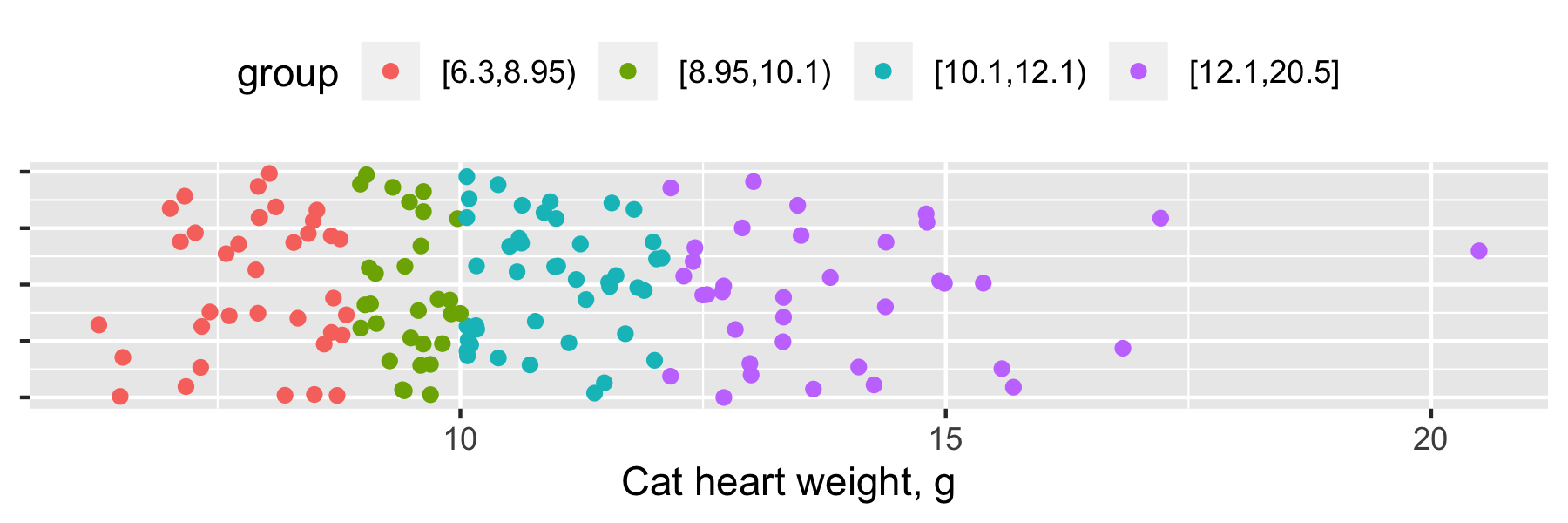Default arguments
Introduction to Writing Functions in R

Richie Cotton
Data Evangelist at DataCamp
toss_coin() troubles
toss_coin <- function(n_flips, p_head) {
coin_sides <- c("head", "tail")
weights <- c(p_head, 1 - p_head)
sample(coin_sides, n_flips, replace = TRUE, prob = weights)
}
Set the default in the signature
toss_coin <- function(n_flips, p_head = 0.5) {
coin_sides <- c("head", "tail")
weights <- c(p_head, 1 - p_head)
sample(coin_sides, n_flips, replace = TRUE, prob = weights)
}
A template with defaults
my_fun <- function(data_arg1, data_arg2, detail_arg1 = default1) {
# Do something
}
Other types of default
args(median)
function (x, na.rm = FALSE, ...)
library(jsonlite)
args(fromJSON)
function (txt, simplifyVector = TRUE, simplifyDataFrame = simplifyVector,
simplifyMatrix = simplifyVector, flatten = FALSE, ...)
NULL defaults
By convention, this means
The function will do some special handling of this argument. Please read the docs.
args(set.seed)
function (seed, kind = NULL, normal.kind = NULL)
Categorical defaults
- Pass a character vector in the signature.
- Call
match.arg()in the body.
args(prop.test)
function (x, n, p = NULL, alternative = c("two.sided", "less", "greater"),
conf.level = 0.95, correct = TRUE)
Inside the body
alternative <- match.arg(alternative)
Cutting a vector by quantile
cut_by_quantile <- function(x, n, na.rm, labels, interval_type) {
probs <- seq(0, 1, length.out = n + 1)
quantiles <- quantile(x, probs, na.rm = na.rm, names = FALSE)
right <- switch(interval_type, "(lo, hi]" = TRUE, "[lo, hi)" = FALSE)
cut(x, quantiles, labels = labels, right = right, include.lowest = TRUE)
}
x: A numeric vector to cutn: The number of categories to cutxintona.rm: Should missing value be removed?labels: Character labels for the categoriesinterval_type: Should ranges be open on the left or right?
Cat heart weights

quantile(cats$Hwt)
0% 25% 50% 75% 100%
6.300 8.950 10.100 12.125 20.500
1 data(cats, package = "MASS")
Cutting by quantile

cut(x, quantile(x))
Let's practice!
Introduction to Writing Functions in R

